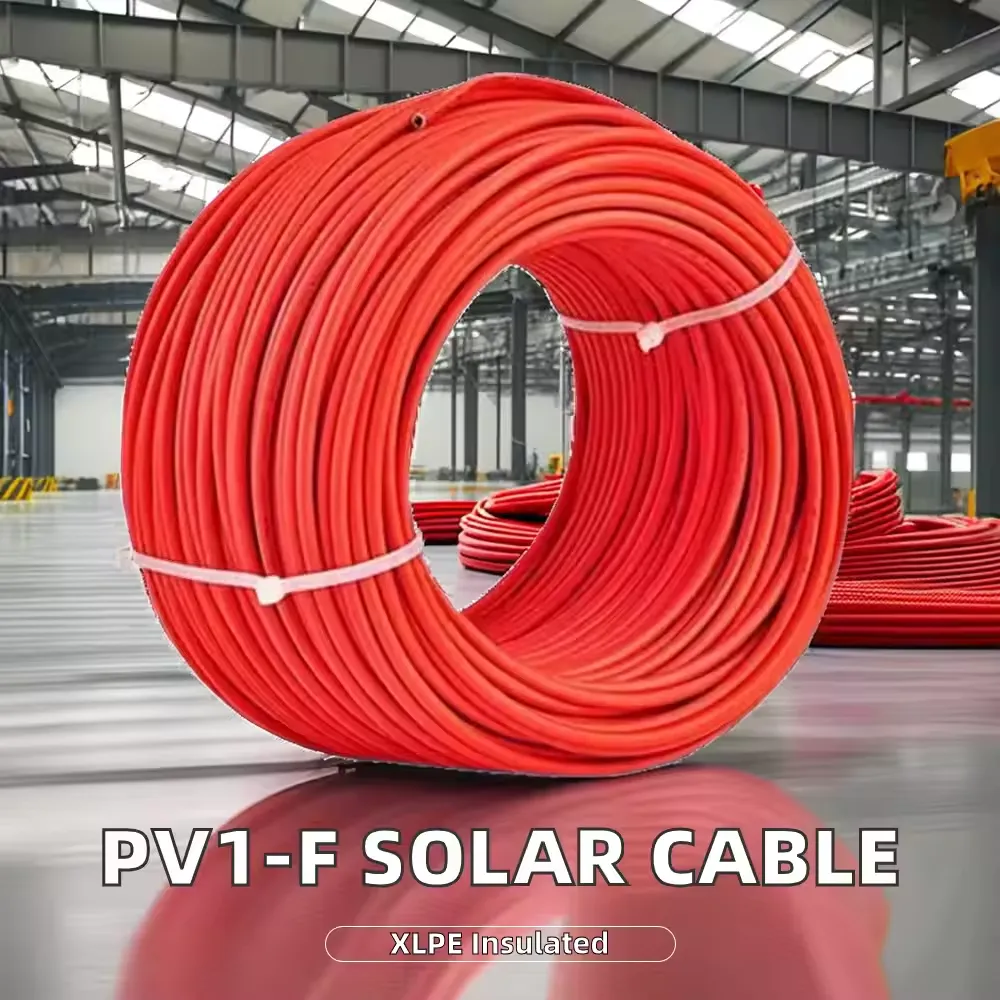Time: 2025-04-22 13:06:48 Source: Henan Province Jianyun Cable Co., Ltd.
Solar cables, also known as photovoltaic (PV) cables, are critical components in solar power systems, designed to connect solar panels to inverters, batteries, and other equipment while withstanding harsh environmental conditions. Wire and cable manufacturers follow a meticulous process to produce these specialized cables, ensuring durability, safety, and compliance with global standards. This article explores the manufacturing process in three key sections, using a table to outline essential materials and analogies to make concepts engaging.

Solar cables are single-core or multi-core cables used in photovoltaic systems to interconnect solar panels, inverters, charge controllers, and batteries. They are designed to handle direct current (DC) voltages up to 2 kV and currents of 30–50A (for 4–6 mm² cables), while enduring UV radiation, temperatures from -40°C to +120°C, and moisture. Unlike regular cables, solar cables must meet stringent standards like EN 50618 (Europe), UL 4703 (USA), or IEC 62930, ensuring they are halogen-free, flame-retardant, and durable for 25–30 years, matching the lifespan of solar panels.
Manufacturers must ensure solar cables are flexible for installation, resistant to environmental stressors, and capable of minimizing power losses through low resistance. These cables are often pre-built into solar panels with MC4 connectors for easy integration, requiring precision in design to avoid voltage drop or system failure. Solar cables are like the robust pipelines of a solar system, engineered to channel energy reliably under the harshest conditions.
Solar cables are constructed with specific materials to meet the demands of photovoltaic applications, ensuring conductivity, insulation, and durability. Below is a table summarizing the key materials and their purposes:
| Component | Material | Purpose |
|---|---|---|
| Conductor | Tinned copper, stranded (Class 5) | High conductivity, corrosion resistance, flexibility |
| Insulation | XLPE (Cross-Linked Polyethylene) | UV and heat resistance (-40°C to +120°C), electrical safety |
| Outer Sheath | Halogen-free XLPO (Cross-Linked Polyolefin) | Weather resistance, flame-retardant, low toxicity |
| Cross-Section | Typically 4 mm² or 6 mm² | Handles currents of 30–50A with minimal loss |
Conductor: Tinned copper is preferred over aluminum for its superior conductivity and resistance to oxidation, with Class 5 stranding (per IEC 60228) providing flexibility for installation. Insulation: XLPE is used for its excellent thermal and UV resistance, often rated for 90°C in wet conditions and 150°C in dry conditions, ensuring long-term reliability. Sheath: Halogen-free XLPO provides additional protection against environmental factors, meeting safety standards by minimizing toxic emissions during fire. These materials make solar cables like a well-armored courier, delivering energy safely through challenging terrains.
Wire and cable manufacturers follow a systematic process to produce solar cables, ensuring quality, compliance, and performance. Below are the key steps:
The manufacturing process is like crafting a high-performance athlete—each step builds strength (conductor), endurance (insulation), and protection (sheathing) to ensure the cable performs reliably in the demanding “race” of solar energy transmission.